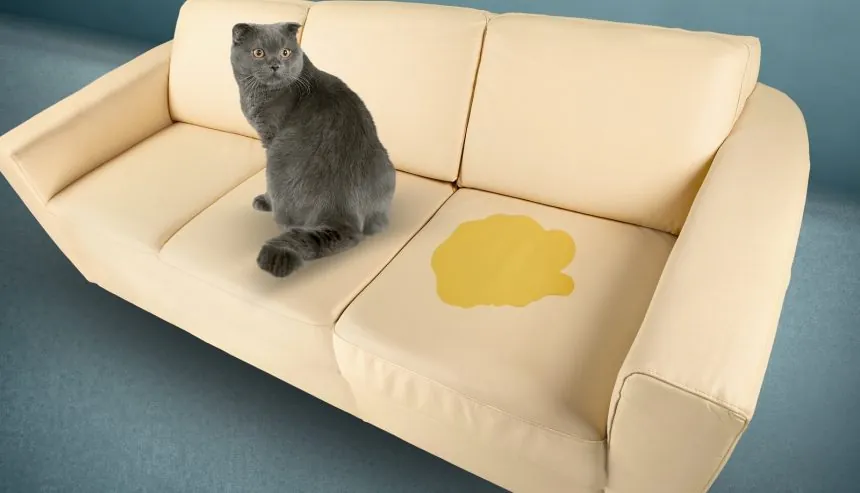Cat Urine: Why it Glows Under a Black Light! Is it Real or a Myth?
Yes, it's True! Cat urine contains various compounds, including phosphorus and proteins, which can fluoresce under ultraviolet (UV) light. When exposed to a black light, these compounds absorb the UV light and re-emit it as visible light, causing the urine to glow. This phenomenon is due to the presence of certain chemicals that react to UV light, making it easier to detect urine stains that are otherwise invisible to the naked eye.
There are several myths surrounding the use of black lights to detect cat urine. One common misconception is that all stains will glow under a black light. In reality, only specific substances, such as cat urine, certain detergents, and some biological fluids, will fluoresce. Another myth is that the glow is always bright and easy to see. The intensity of the glow can vary based on the age of the stain and the concentration of the compounds in the urine.
Real-Life Experiences: Pet Owners Share Their Stories
Many pet owners have shared their experiences of using black lights to detect cat urine in their homes. For instance, one pet owner discovered that their cat had been urinating in a hidden corner of the living room for months. The black light revealed a large, glowing stain that was previously undetectable. Another pet owner found multiple small spots around the house, indicating that their cat had been marking territory in various locations.
The Hidden Dangers of Cat Urine
Health Risks Associated with Cat Urine Exposure
Cat urine can pose several health risks due to its high concentration of ammonia and the presence of harmful bacteria. When cat urine is left unattended, the ammonia in it can become more concentrated, leading to strong fumes that can irritate the respiratory system. This is particularly dangerous for individuals with asthma, bronchitis, or other respiratory conditions, as it can trigger symptoms like coughing, wheezing, and shortness of breath.
In addition to ammonia, cat urine can contain bacteria such as E. coli and Salmonella, which can cause gastrointestinal issues like diarrhoea and vomiting if ingested or if they come into contact with open wounds2. Moreover, cat urine can also trigger allergic reactions in some people, leading to symptoms like itchy skin, red eyes, and runny noses.
How to Protect Your Home and Family
To protect your home and family from the dangers of cat urine, it’s important to take the following precautions:
- Regular Cleaning: Clean litter boxes frequently to prevent the buildup of urine and its associated fumes. Use an enzymatic cleaner specifically designed for pet urine to break down the proteins and eliminate odours effectively.
- Ventilation: Ensure your home is well-ventilated to disperse any ammonia fumes. Open windows and use fans to improve air circulation, especially in areas where your cat spends a lot of time.
- Protective Gear: When cleaning up cat urine, wear gloves and a mask to avoid direct contact with the urine and to prevent inhaling harmful fumes.
- Health Monitoring: Keep an eye on your cat’s health and behavior. If your cat starts urinating outside the litter box, it could be a sign of a medical issue that needs veterinary attention.
- Allergy Management: If you or a family member is allergic to cat urine, consider using air purifiers with HEPA filters to reduce allergens in the air. Regularly wash bedding and other fabrics that your cat comes into contact with.
By following these steps, you can minimize the health risks associated with cat urine and ensure a safer environment for your family and pets.

